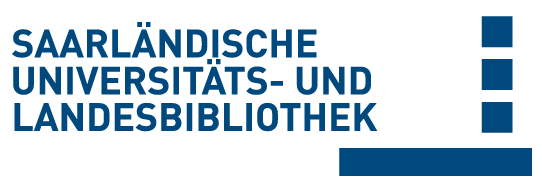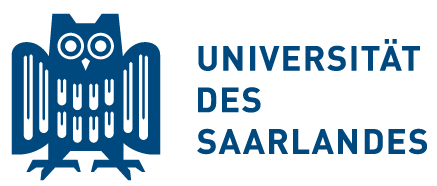Please use this identifier to cite or link to this item:
doi:10.22028/D291-45566 | Title: | The Clinical Impact of Somatic Copy Number Variations in Patients With Stage IV Wilms Tumor Enrolled in the SIOP 2001 Trial and Study |
| Author(s): | Welter, Nils Al-Saadi, Reem Gravier-Dumonceau, Robinson Furtwängler, Rhoikos Graf, Norbert Wegert, Jenny Gessler, Manfred Williams, Richard D. Pritchard-Jones, Kathy Coulomb-L'Hermine, Aurore van den Heuvel-Eibrink, Marry M. Verschuur, Arnauld C. |
| Language: | English |
| Title: | Pediatric Blood & Cancer |
| Volume: | 72 |
| Issue: | 4 |
| Publisher/Platform: | Wiley |
| Year of Publication: | 2025 |
| Free key words: | copy number variations outcome preoperative chemotherapy stage IV Wilms tumor |
| DDC notations: | 610 Medicine and health |
| Publikation type: | Journal Article |
| Abstract: | Background: Recent research elucidated the prognostic significance of molecular biology in Wilms tumor (WT) by linking somatic genomic variants (such as gain of chromosome 1q) to unfavorable patient outcomes. This analysis describes the clinical impact of copy number variations (CNV) in tumor samples of WT patients with stage IV disease. Methods: Tumor samples of 55 WT patients with stage IV disease from the United Kingdom, France, and Germany enrolled in the SIOP 2001 study and treated with preoperative chemotherapy (pCHT) were examined for their CNVs of chromosome 1q and other regions of interest using multiplex ligation-dependent probe amplification (MLPA). The identified CNV were analyzed regarding their prognostic impact. Results: Chromosome 1q gain (1q+) and TP53 loss occurred in 38.2% and 16.4% of tumors and were associated with older patient age at diagnosis (median [months]: 65 and 64 vs. 49 each, p = 0.03 and 0.02, respectively) and poorer 5-year event-free survival (40.0% and 11.1% vs. 67.7% and 82.6%, p = 0.04 and <0.01, respectively) compared to their specific control group of tumors without the respective CNV. In patients with pulmonary-only metastasis, 1q+ was an adverse prognostic marker irrespective of remission status after pCHT with or without metastasectomy. A simultaneous MYCN gain occurred more frequently in tumors with 1q+ than in tumors without 1q+ (p = 0.03). TP53 loss was linked to high-risk histology and inferior 5-year overall survival (p < 0.001). Conclusions We confirm the prognostic relevance of 1q+ and TP53 loss in stage IV WTs and emphasize their potential utility for future treatment stratification. |
| DOI of the first publication: | 10.1002/pbc.31580 |
| URL of the first publication: | https://doi.org/10.1002/pbc.31580 |
| Link to this record: | urn:nbn:de:bsz:291--ds-455666 hdl:20.500.11880/40091 http://dx.doi.org/10.22028/D291-45566 |
| ISSN: | 1545-5017 1545-5009 |
| Date of registration: | 6-Jun-2025 |
| Faculty: | M - Medizinische Fakultät |
| Department: | M - Pädiatrie |
| Professorship: | M - Prof. Dr. Norbert Graf |
| Collections: | SciDok - Der Wissenschaftsserver der Universität des Saarlandes |
Files for this record:
| File | Description | Size | Format | |
|---|---|---|---|---|
| Pediatric Blood Cancer - 2025 - Welter - The Clinical Impact of Somatic Copy Number Variations in Patients With Stage IV.pdf | 857,33 kB | Adobe PDF | View/Open |
This item is licensed under a Creative Commons License


